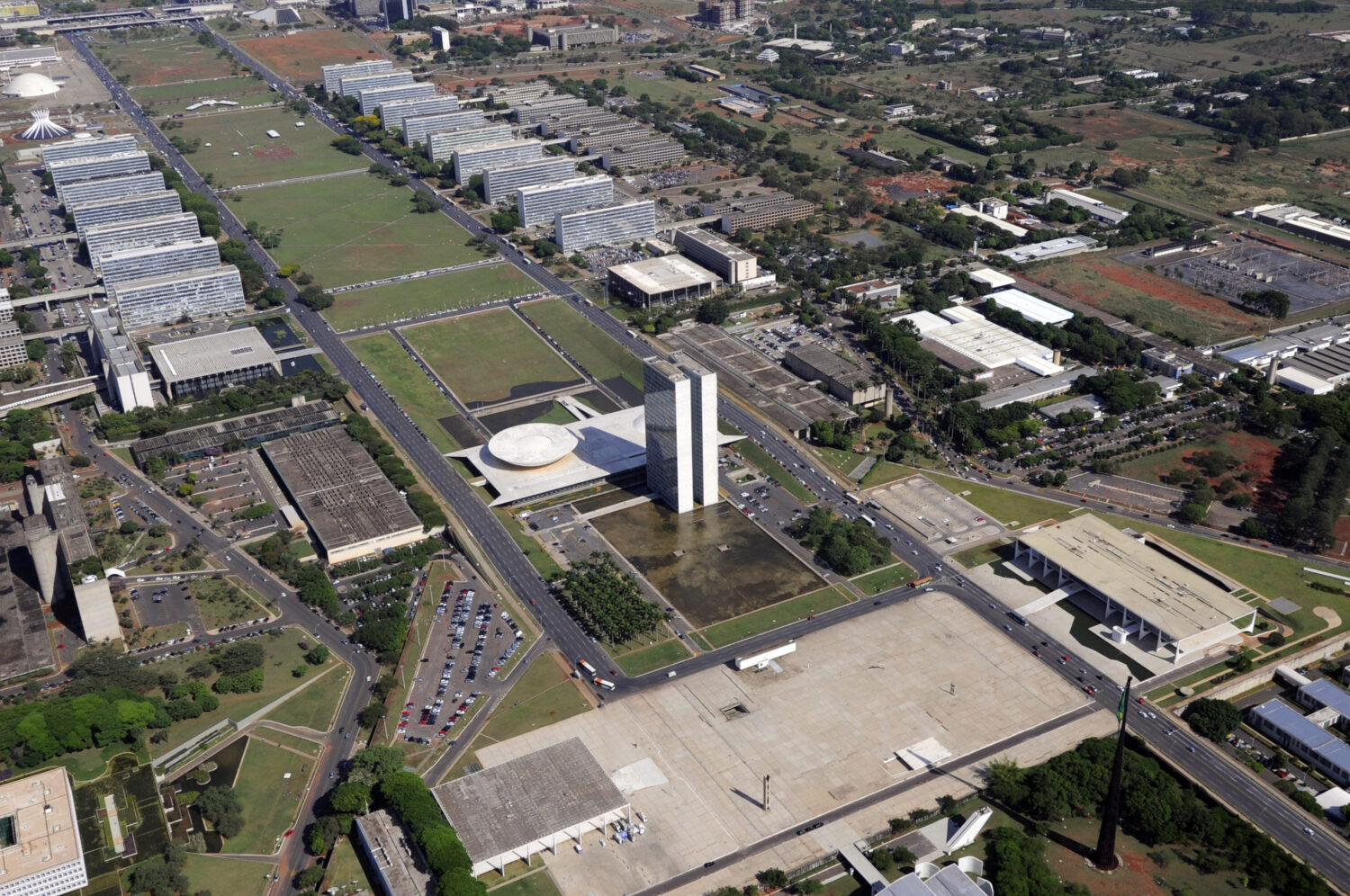
Image source: Geraldo Magela/Agência Senado, “Senado Federal (Flickr)”.

Valério de Medeiros
Affiliate Researcher/Lecturer and Civil Servant
Universidade de Brasília
The article seeks to understand the spatial variable in complex buildings, based on comparative research of Parliaments. The study is aligned with analyses that interpret the organization and functioning of these institutions (GOODMAN, 1985; GOODSELL, 1988; VALE, 1992; HAKALA, 2000; MCKAY, JOHNSON, 2012; COHEN, 2013; MEDEIROS and REBELO, 2014; CALIB and PAZ, 2016; LARA and VEGT, 2017), by assuming that space affects legislative performance.
The research is exploratory and based on the following case studies: Brazilian National Congress (Federal Senate; House of Representatives), Congress of the French Parliament (Senate; French National Assembly); Portuguese Assembly of the Republic; United States Congress (Senate; House of Representatives); United Kingdom Parliament (House of Lords; House of Commons) and Italian Parliament (Senate of the Republic; Chamber of Deputies). In addition, 4 State Assemblies of Brasill are included (São Paulo, Minas Gerais, Rio de Janeiro and the Federal District), resulting in a sample of 15 Legislative Houses.
The information about each institution was systematized according to previously selected research categories: general data; profile; buildings; spatial characteristics and numerical synthesis (total number of MP; number of inhabitants per MP; total built area; built area per MP; area of parliamentary offices; maximum possible number of assistants per MP; average number of assistants per MP; and average number of employees per MP).
The analysis identified several similar features. The political-legislative nature of the spaces, the inherent symbolic appeal, and the dimension of the set of buildings point to a similarity between the Legislative Houses – which does not depend on the existing government system, whether unicameral or bicameral. Such shared characteristics are: presence of heritage buildings; significant spatial complexity, with impacts on the articulation and logistics between buildings; central and prominent location in urban systems, with abundant supply of public transportation in the surroundings; and existence of a clear relationship between buildings and specific activities, which expresses the concept of building vocation.
The numerical summaries made it possible to conclude that: a) the greater the total number of MP in the Legislative House, the smaller the area of parliamentary offices (R2=50.38%), the smaller the maximum (R2=48.92%) and average (R2=57.23%) number of assistants per MP, and the smaller the average number of employees (R2=64.16%) per MP; b) the greater the built area per MP, the greater the maximum number of assistants per MP (R2=35.18%), the greater the average number of assistants per MP (R2=47.73%) and the greater the average number of employees (R2=34.17%); c) the greater the area of parliamentary offices, the greater the average number of assistants per MP (R2=78.00%) and the greater the average number of employees (R2=63.80%); and d) the greater the number of inhabitants per MP, the larger the built area per MP (R2=69.30%), the greater the maximum number of assistants per MP (R2=51.74%) and the greater the average number of assistants per MP (R2=42.21%).
The results obtained clarify how much space should be understood as an “asset” for the analysis of Parliaments; moreover, it becomes a useful element for the scrutiny of their respective dynamics. The interdependence between the variables points to the role of the built area as an agent for the reading of institutions, referring to behaviors that are recurrent, be it in higher or lower chambers or state representations. Having more space means more power, since larger domains or privileged spaces can be understood, symbolically, as political force.